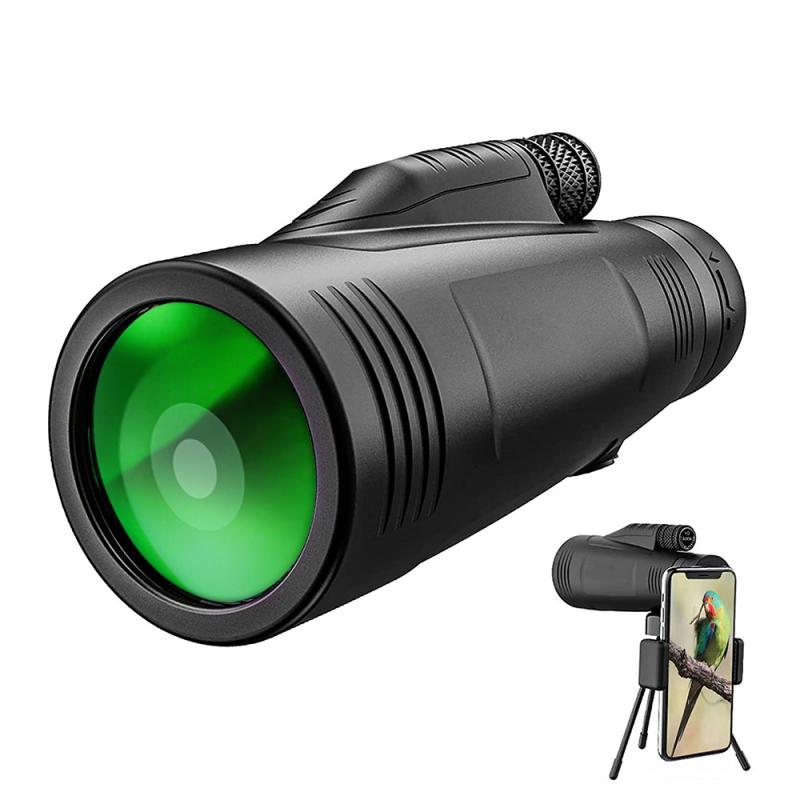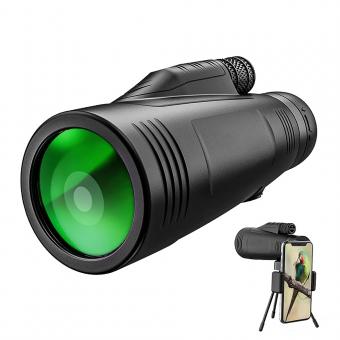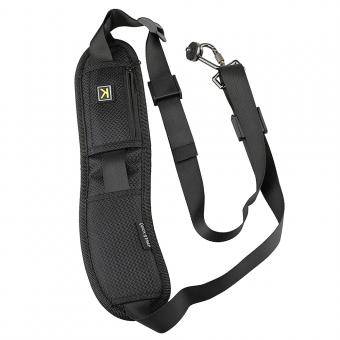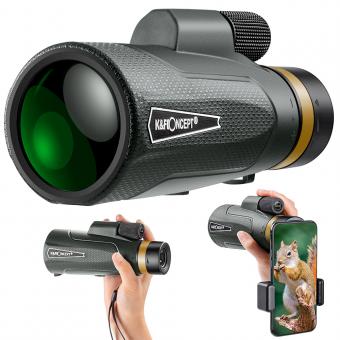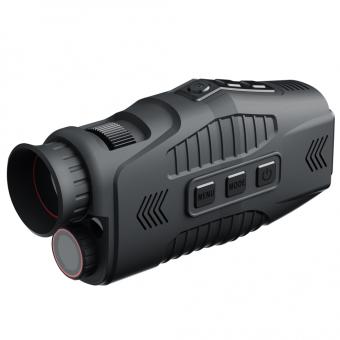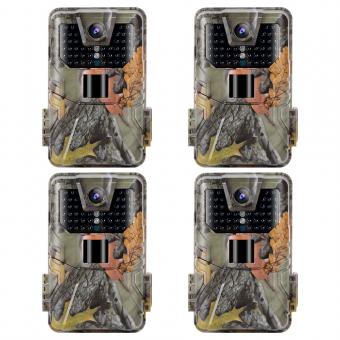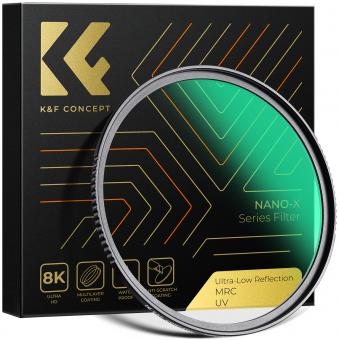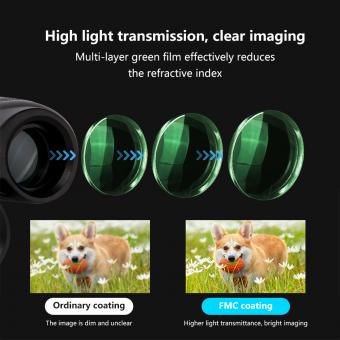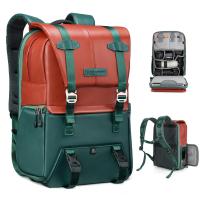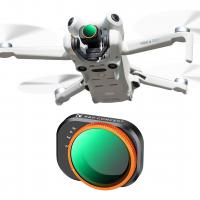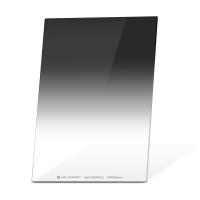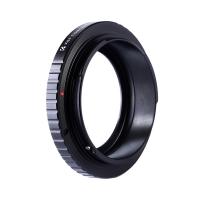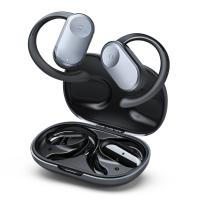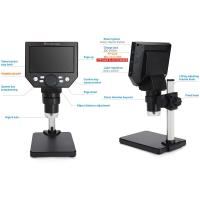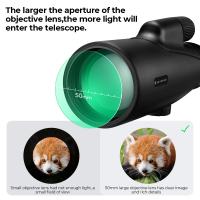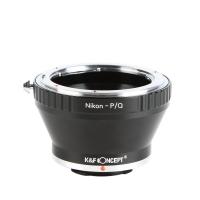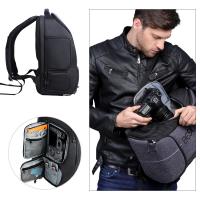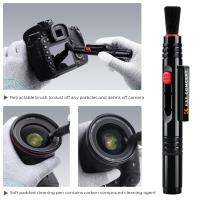How To Wear Monocular ?
To wear a monocular, hold it up to your dominant eye using one hand. Adjust the focus wheel or diopter ring until the image appears clear and sharp. If the monocular has an eyecup, position it against your eye to block out any excess light. Use your other hand to support the monocular and stabilize it. You can also attach a neck strap or lanyard to the monocular and wear it around your neck for easy access and convenience. Remember to practice proper handling and care to avoid dropping or damaging the monocular.
1、 Adjusting the monocular for proper focus and clarity
How to wear a monocular:
Wearing a monocular is a simple process that requires a few adjustments to ensure proper focus and clarity. Here are the steps to follow:
1. Hold the monocular with one hand: Start by holding the monocular with one hand, ensuring a firm grip to prevent it from slipping.
2. Adjust the eyecup: Most monoculars come with an adjustable eyecup. Rotate the eyecup until it is at a comfortable distance from your eye. This will help you achieve the correct eye relief and prevent any strain or discomfort.
3. Position the monocular: Bring the monocular up to your eye and position it in a way that aligns your eye with the eyepiece. Make sure your eye is centered and looking straight through the lens.
4. Adjust the focus: Look through the monocular and use the focus wheel or knob to adjust the focus until the image appears clear and sharp. Start by turning the focus wheel slowly and gradually until you achieve the desired clarity.
5. Fine-tune the focus: If necessary, use the diopter adjustment, usually located near the eyepiece, to fine-tune the focus for your specific vision. This adjustment compensates for any differences between your eyes.
6. Use with stability: To minimize shaking and improve stability, consider using a tripod or stabilizing the monocular against a solid surface. This will help you maintain a steady image, especially when observing distant objects.
It's important to note that the latest advancements in monocular technology have led to the development of more compact and lightweight models. These advancements have made monoculars more portable and user-friendly, allowing for easier handling and adjustment. Additionally, some monoculars now come with image stabilization features, which further enhance the viewing experience by reducing image shake and improving clarity.
Remember to always refer to the manufacturer's instructions for specific guidance on how to wear and adjust your monocular, as different models may have slight variations in their setup.
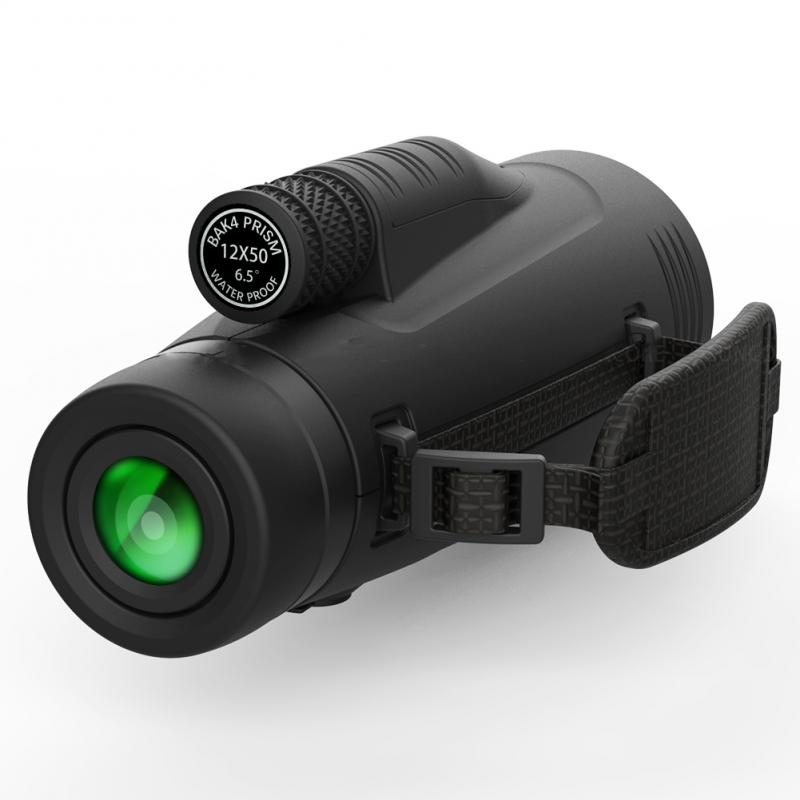
2、 Holding the monocular steady for a clear view
How to wear a monocular:
Wearing a monocular is a simple process that requires a few key steps to ensure a comfortable and clear view. Here's a step-by-step guide on how to wear a monocular:
1. Adjust the monocular strap: Most monoculars come with a strap that can be worn around your neck or over your shoulder. Adjust the strap to a length that feels comfortable for you.
2. Position the monocular: Hold the monocular with one hand and bring it up to your eye level. Position it in front of your dominant eye, as this will provide a more stable and focused view.
3. Adjust the focus: Most monoculars have a focus wheel or knob that allows you to adjust the focus to your liking. Rotate the wheel until the image appears clear and sharp.
4. Hold the monocular steady: To get a clear view, it's important to hold the monocular steady. Use your other hand to support your arm or rest it against a stable surface. This will help minimize any shaking or movement, resulting in a clearer image.
5. Use both eyes if needed: While monoculars are designed to be used with one eye, some people find it helpful to use both eyes for added stability. This can be achieved by closing one eye and using the monocular with the other, or by using both eyes and allowing the non-dominant eye to provide peripheral vision.
In recent years, monocular technology has advanced, with some models offering image stabilization features. These advancements help compensate for hand movements and vibrations, resulting in a steadier view. If you have access to a monocular with image stabilization, it can greatly enhance your viewing experience.
Remember, practice makes perfect when it comes to using a monocular. With time, you'll become more comfortable and proficient in holding the monocular steady for a clear view.
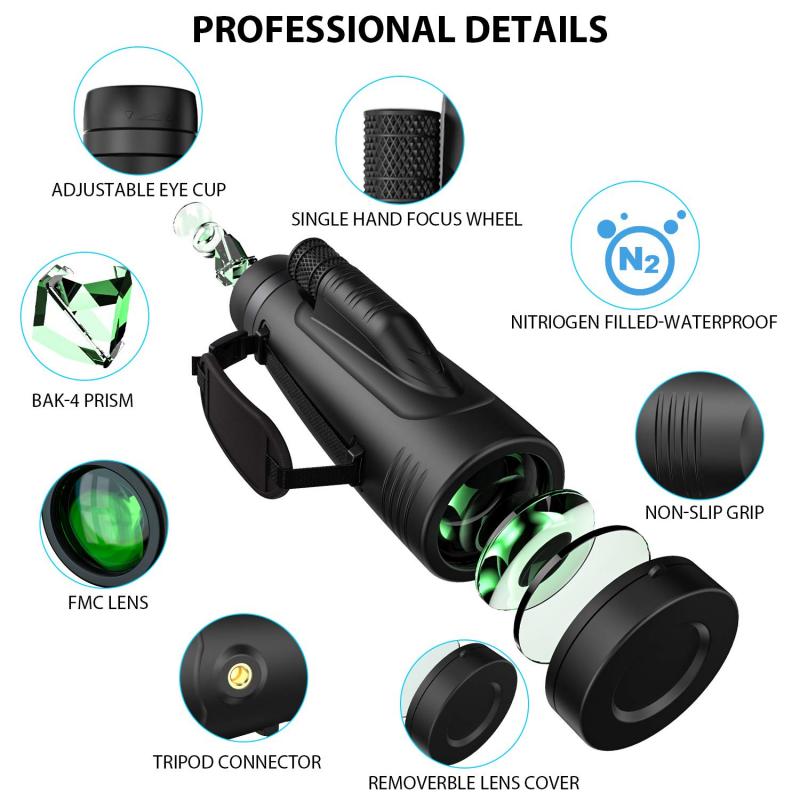
3、 Using the monocular with eyeglasses or contact lenses
Using a monocular with eyeglasses or contact lenses is a common concern for individuals who require vision correction. Fortunately, there are several ways to comfortably wear a monocular while still using your glasses or contacts.
One option is to wear the monocular over your eyeglasses. This method is suitable for individuals who prefer not to remove their glasses while using the monocular. Simply position the monocular in front of your dominant eye and adjust the focus until the image appears clear. However, keep in mind that this method may cause some discomfort or distortion due to the additional layer of lenses.
Another option is to wear contact lenses while using the monocular. Contact lenses provide a more natural viewing experience as they eliminate the need for additional lenses. By wearing contacts, you can position the monocular directly in front of your eye without any interference. This method allows for a clearer and more comfortable viewing experience.
It is important to note that the latest advancements in monocular technology have made them more user-friendly for individuals with vision correction needs. Some monoculars now come with adjustable eyecups or diopter settings, allowing users to customize the focus according to their specific prescription. This feature ensures a clearer and more precise view, regardless of whether you wear glasses or contacts.
In conclusion, wearing a monocular with eyeglasses or contact lenses is possible and can be done comfortably. Whether you choose to wear the monocular over your glasses or opt for contact lenses, the latest advancements in monocular technology ensure a clearer and more enjoyable viewing experience for individuals with vision correction needs.
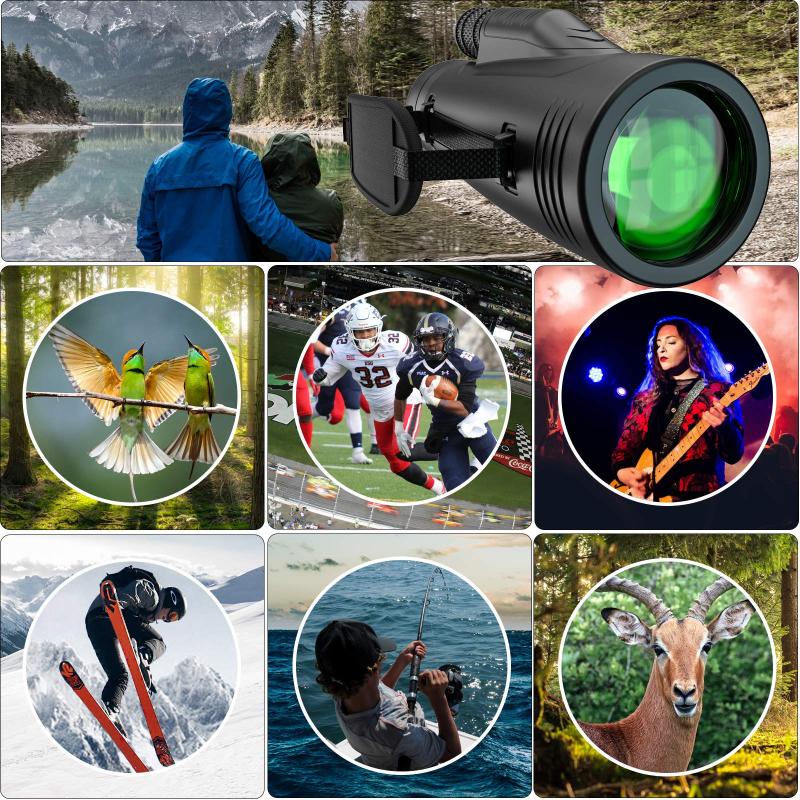
4、 Choosing the right monocular for different activities or environments
Choosing the right monocular for different activities or environments is essential to ensure optimal performance and comfort. Here are some tips on how to wear a monocular and select the right one for your needs.
1. Adjust the strap: Most monoculars come with a strap that can be worn around your neck or attached to your backpack or belt. Adjust the strap to a comfortable length that allows easy access to the monocular while keeping it secure.
2. Eye placement: Hold the monocular up to your dominant eye and adjust the eyecup or eyepiece until you achieve a clear and focused image. This will help prevent eye strain and ensure a better viewing experience.
3. Stabilize your hand: To minimize shaking and improve image stability, rest your elbow on a stable surface or use a tripod if necessary. This is particularly important when using higher magnification monoculars.
4. Consider the environment: Different activities and environments require different monocular specifications. For birdwatching or wildlife observation, choose a monocular with a wider field of view and good low-light performance. For hiking or backpacking, opt for a compact and lightweight monocular that won't weigh you down.
5. Latest advancements: Keep an eye out for the latest advancements in monocular technology. For example, some monoculars now come with image stabilization features, which can greatly enhance image clarity and reduce hand tremors.
Remember to do your research and read reviews before purchasing a monocular. Consider factors such as magnification power, lens quality, and durability. By choosing the right monocular and wearing it correctly, you can enjoy a more immersive and enjoyable viewing experience in various activities and environments.
